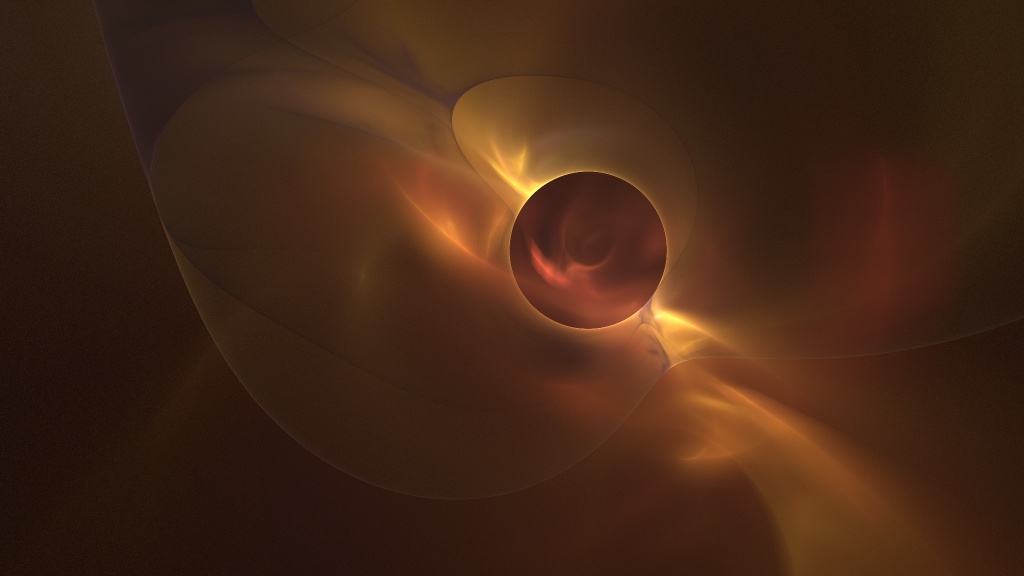
Solar power and wind power have long been two of the main contenders in the race to find the next big renewable energy resource. Rather than choosing between the two, scientists at Washington State University have instead combined them.
Using a massive 8,400-kilometer-wide (5,220-mile-wide) solar sail to harvest the power of solar wind, the team hopes their concept could generate 1 billion billion gigawatts of power, far more power than humanity needs — if they can get that power back to Earth.
“It’s quite amazing how much power it can actually produce,” said Dirk Schulze-Makuch, a scientist at Washington State University and a co-author of the paper, which appears in the International Journal of Astrobiology. “In principle it should work quite well, but there are some practical issues.”
Solar wind doesn’t act like wind on Earth, and the satellite wouldn’t generate electricity like a windmill.
Instead of physically rotating a blade attached to a turbine, the proposed satellite would use a charged copper wire to capture electrons zooming away from the sun at several hundred kilometers per second.
According to the team’s calculations, 300 meters (984 feet) of copper wire, attached to a two-meter-wide (6.6-foot-wide) receiver and a 10-meter (32.8-foot) sail, would generate enough power for 1,000 homes.
A satellite with a 1,000-meter (3,280-foot) cable and a sail 8,400 kilometers (5,220 miles) across, placed at roughly the same orbit, would generate one billion billion gigawatts of power.
That’s approximately 100 billion times the power Earth currently uses.
Of course, all of that power has to be able to get to Earth. Some of the energy the satellite generates would be pumped back into the copper wire to create the electron-harvesting magnetic field. The rest of the energy would power an infrared laser beam, which would help fulfill the whole planet’s energy needs day and night regardless of environmental conditions.
The main shortfall of this approach is that over the millions of miles between the satellite and Earth, even the tightest laser beam would spread out and lose a lot of its original energy. While most of the technology to create the satellite already exists, a more focused laser would be necessary, said Schulze-Makuch.
Greg Howes, a scientist at the University of Iowa, agrees that “the energy is certainly there,” in solar wind, and that to generate practical amounts of energy from solar wind would require a very big satellite, “but the practical constraints are a big question.”
Brooks Harrop, the other co-author of the journal paper, said that they made “practically no allowance for engineering difficulties,” and that these problems would have to be solved before such the satellite could be deployed.




Finally something that really make sense. Was looking for this in other sites but not anymore!
Hi there this post is very interesting. I’ll use it for my blog :). Can you tell me some related articles that I can read too?